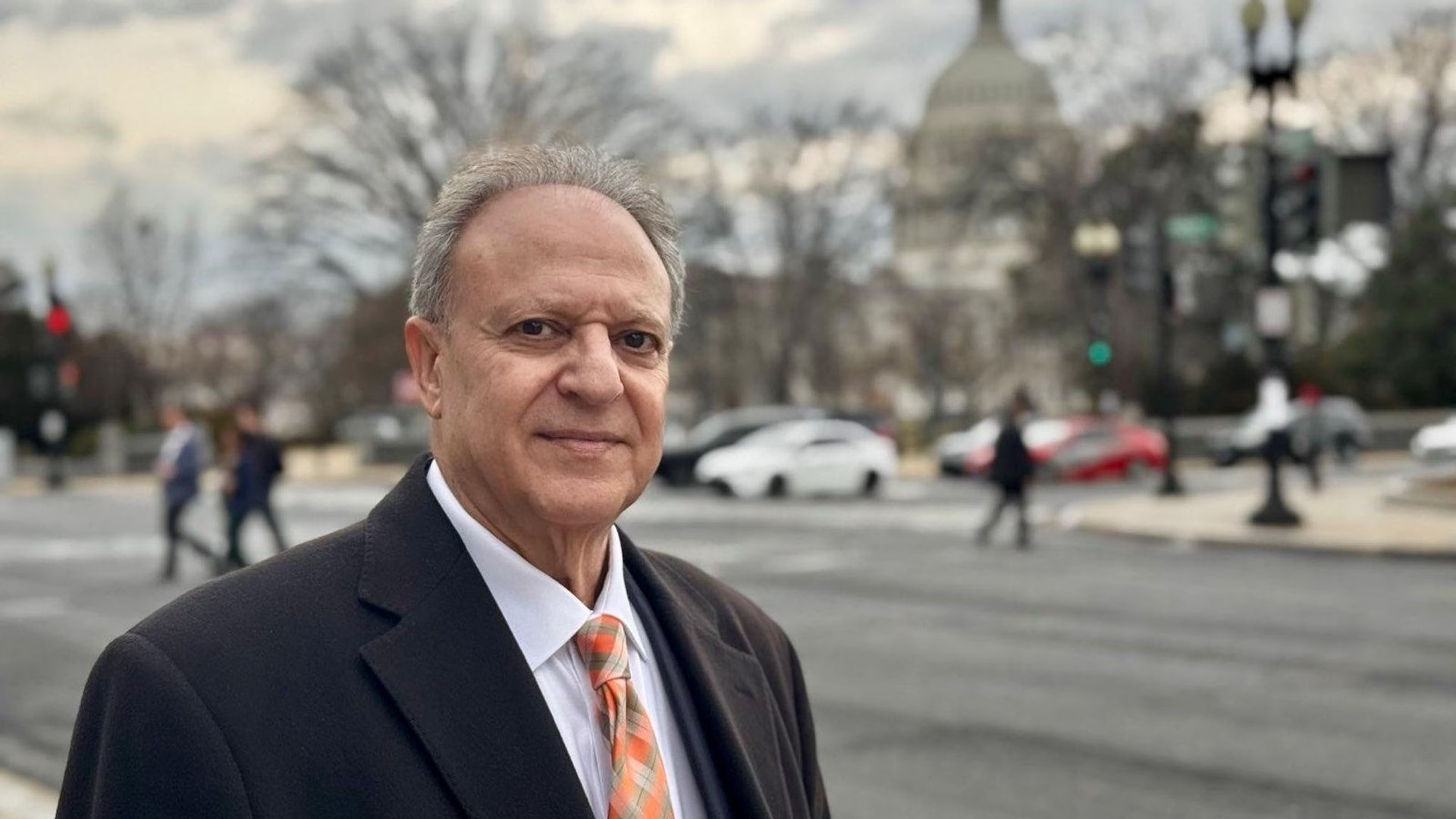
WASHINGTON, D.C. — In a sweeping policy move targeting both immigration and veteran homelessness, President Donald Trump on Friday, May 9 signed an executive order establishing the National Center for Warrior Independence, a major federal initiative to house and support homeless veterans on the West Los Angeles Veterans Affairs (VA) campus.
The order, titled “Keeping Promises to Veterans and Establishing a National Center for Warrior Independence,” aims to house up to 6,000 homeless veterans by 2028, making use of existing VA infrastructure while reallocating federal funds previously used for housing and services for illegal immigrants. The new center will be housed on the 388-acre West L.A. VA Medical Center campus, which will be transformed into the largest facility of its kind in the country.
The executive order instructs VA Secretary Doug Collins to lead the transformation of the West L.A. campus, providing housing, job support, and substance abuse treatment services to promote veteran self-sufficiency. It also directs the Department of Housing and Urban Development (HUD) to issue vouchers to support homeless veterans in Los Angeles and across the country.
“This order will ensure VA’s West Los Angeles Campus is being used as intended: to benefit veterans,” said Secretary Collins, calling it a corrective measure after what he described as “decades of mismanagement.”
The White House noted that Los Angeles accounts for roughly 10% of the nation’s 32,882 homeless veterans, with around 3,000 living in the city, many in dire conditions on Skid Row. The VA campus, which dates back to 1887, has long faced criticism for leasing land to private entities, such as UCLA’s baseball team and a private school, often at below-market rates. A September 2024 court ruling declared those leases illegal, clearing the path for repurposing the campus.
The Trump administration’s plan to redirect funds from programs supporting undocumented immigrants ties closely to its broader immigration agenda. The White House framed the initiative as part of a growing effort to prioritize citizens— in this case veterans—over non-citizens.
This executive order follows Trump’s February 19, 2025 order to end taxpayer-funded benefits for undocumented immigrants, citing estimates from the Federation for American Immigration Reform that place annual costs at $182 billion. The May 9 order builds on that strategy by shifting unspecified funds to veterans’ programs, though how these funds will be identified remains unclear.
Critics argue that undocumented immigrants are already largely barred from most federal benefits due to the 1996 Personal Responsibility and Work Opportunity Reconciliation Act, which only allows for exceptions like emergency medical care and public education.
Rep. Mark Takano (D-CA) and other Democrats have rejected similar claims in the past, calling them examples of “intentional conflation.” Critics also note that the VA’s involvement with immigration-related work, such as processing for Immigration and Customs Enforcement (ICE), has a negligible effect on services for veterans.
Beyond housing initiatives, the executive order outlines multiple reforms to the VA system. These include:
-
Mandating disciplinary action against VA employees involved in misconduct.
-
A review of the Biden administration’s decision to rehire fired VA workers with back pay.
-
Expanded VA healthcare access through evening hours, weekend appointments, and telehealth options to reduce patient wait times.
-
A feasibility study for building a full-service VA medical center in New Hampshire, the only contiguous U.S. state without one.
The Veterans Collective, the nonprofit leading construction of 1,200 supportive housing units on the West L.A. campus, “enthusiastically applauded” the new policy and expressed readiness to partner with the Trump administration. Iraq War veteran Rob Reynolds, who testified in a related lawsuit against the VA, called the move “a huge win” for veterans long underserved by federal infrastructure.
Trump’s action has garnered praise among supporters who see it as a necessary reallocation of resources. Public sentiment on social media reflected strong backing for the measure, with posts highlighting the administration’s prioritization of veterans over immigrants.
Supporters, including Trump allies, frame the order as part of a broader second-term agenda, which includes ten immigration-related orders signed on Trump’s first day back in office. These include efforts to end birthright citizenship (currently halted in court) and a pause on refugee admissions.
Still, analysts and opponents warn that the executive order’s promises of immediate impact are complicated by legal and logistical realities. Trump’s previous attempts to cut funding to sanctuary cities were stalled by court rulings, and experts predict similar legal battles may arise over this new policy.
Funding mechanisms also remain unclear. While the White House cites billions spent on immigration—such as $1 billion through FEMA and $16.2 billion in Medicaid emergency services—redirecting those funds to veterans may require Congressional action or regulatory overhaul.
The order builds on several earlier Trump-era initiatives, including:
-
The VA Choice and Quality Employment Act, which expanded care options and accountability.
-
A May 5, 2025, order to boost domestic pharmaceutical manufacturing, intended to reduce dependence on foreign drug suppliers.
-
An April 15, 2025, order aimed at lowering prescription drug costs for veterans, including insulin priced as low as 3 cents and injectable epinephrine for $15.

By housing 6,000 homeless veterans by 2028, the administration aims to make a substantial dent in veteran homelessness—a figure that has already dropped 55.6% since 2010, according to federal data.
British Caribbean News


